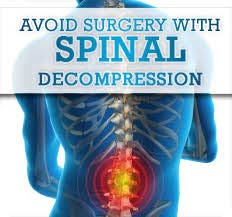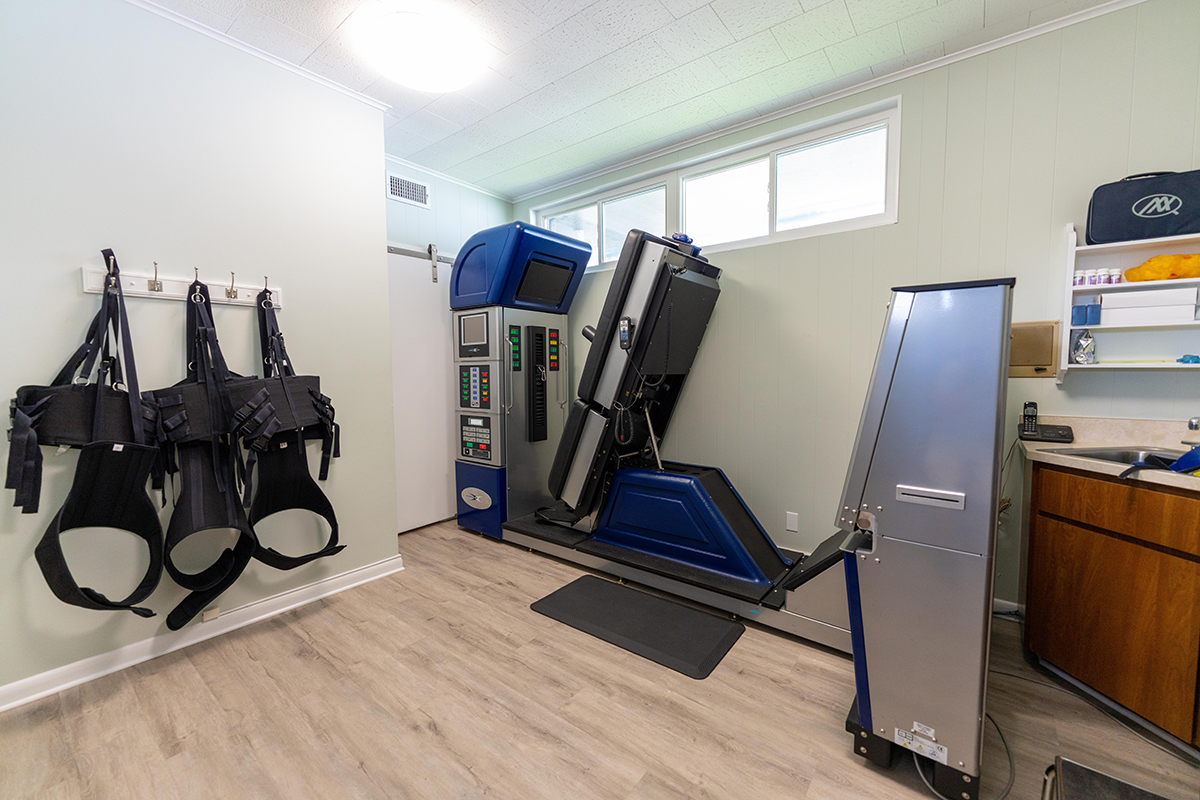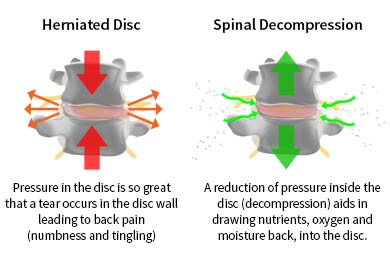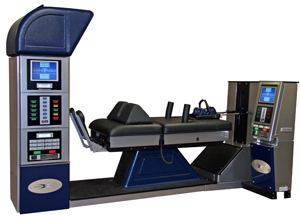Atlantic Wellness Center offers the latest cutting edge technology in the non-surgical treatment of serious lower back pain and sciatica. Our commitment to offering the highest quality of care resulted in the addition of the FDA cleared DRX 9000 Spinal Decompression technology for the treatment of back pain due to:

In the past, a patient suffering from disc problems was usually given pain medications, instructed to refrain from physical activities, referred for physical therapy, and when they weren't progressing they were sent for spinal surgery. Conservative chiropractic care proved very helpful in many cases, yet there have been some cases when surgery seemed to be the only other option... until now.
Today, you don't have to live with that pain anymore. Thanks to the concerted efforts of a team of top physicians and medical engineers, Spinal Decompression Therapy was developed to effectively treat neck, low back pain and sciatica resulting from herniated or degenerated discs. Spinal Decompression Therapy not only significantly reduces back pain in many patients, but also enables the majority of patients to return to more active lifestyles.
The clinical results of an IRB-approved prospective, multi-center, phase II, non-randomized pilot study utilizing the DRX9000 was presented at the annual New York State Society of Anesthesiologists PGA meeting in New York City December 7-11, 2007. The study, authored by Dr. John Leslie of The Mayo Clinic, was designed to evaluate the effectiveness and safety of the DRX9000 in the treatment of chronic lower back pain. Patients enrolled in the study had suffered an overall average of ten years of chronic back pain. After two weeks of treatments on the DRX9000 there was a 50% reduction in pain scores and upon completion of the entire six week protocol an amazing success rate of 88.9% was documented.
Non-Surgical Spinal Decompression, not to be confused with linear traction, slowly lengthens and decompresses the spine, creating negative pressures within the discs. This reversal of pressure creates an intradiscal vacuum that helps to reposition bulging discs and pull extruded disc material back into place, taking pressure off pinched nerves. Spinal experts believe that nutrients, oxygen, and fluids are drawn into the disc to create a revitalized environment conducive to healing.

At the beginning of each session, you will be comfortably fitted with a harness designed to achieve optimal decompression of the low back or neck. During a session of spinal decompression, you will notice a slow lengthening of your spine as your discs are gradually decompressed and relieved of pressure. The treatment process is safe and relaxing. While some patients with extensively injured discs have reported mild discomfort during the first few treatment sessions, their discomfort subsides upon subsequent visits. A patient safety switch provides an extra safety feature, allowing you to stop at any point should you feel discomfort. Each treatment session lasts approximately 30 minutes. Individual patient results may vary.
A typical spinal decompression treatment protocol consists of about 24 sessions over six-ten weeks. Some conditions require fewer visits; some require more. Many patients report relief from their pain and other symptoms during the first few treatment sessions, and most experience dramatic pain relief after completion of their prescribed treatment program.
While traction, physical therapy, and manipulation may reduce disc pressures to as low as 40 mm Hg, only spinal decompression has been shown to achieve negative pressures within the spine. It has been clinically proven that spinal decompression creates negative pressures as low as -110 mm Hg3 within the injured disc during the treatment session. Normally, pulls exerted on the spine trigger sensory receptors in the back to tighten the muscles surrounding the vertebrae and discs in an effort to protect them from injury, a mechanism in the body known as the proprioceptor response. Spinal Decompression bypasses this response by slowly pulling on the spine and relaxing the back over an extended period of time, allowing the spine to be repositioned without tension and without setting off the "Iock down" proprioceptor response. It is important for patients to make sure that they are treated on a high quality spinal decompression table and not an imitation spinal decompression table.

